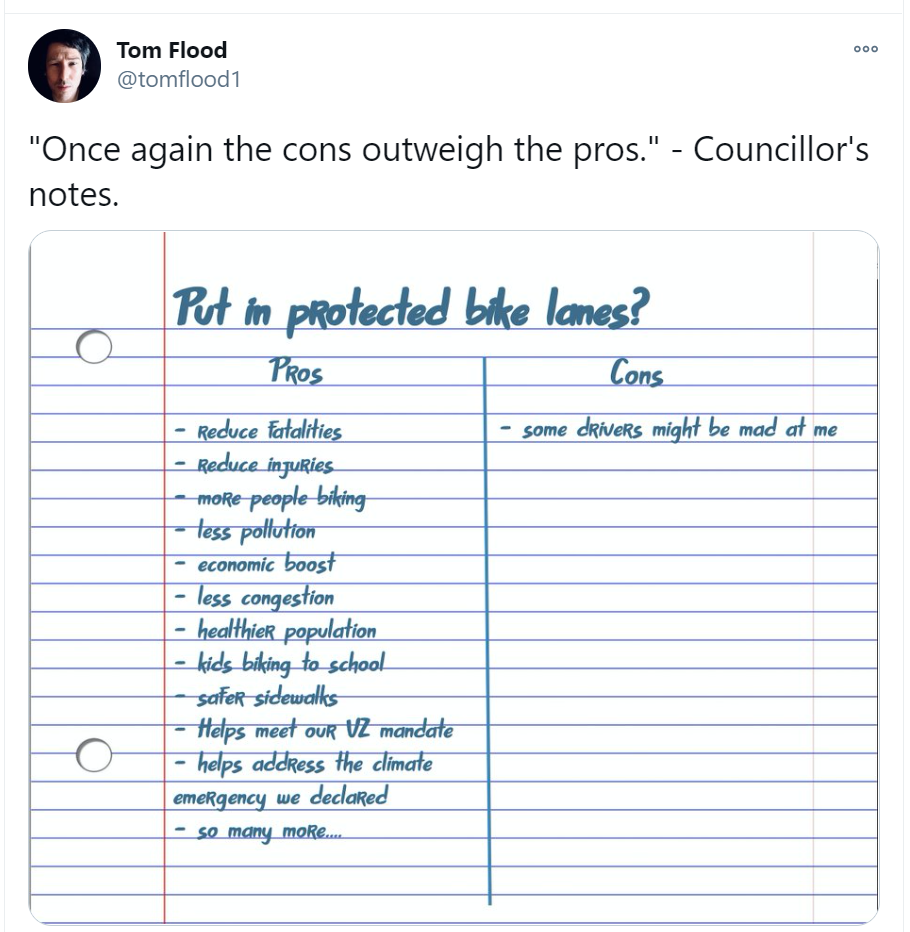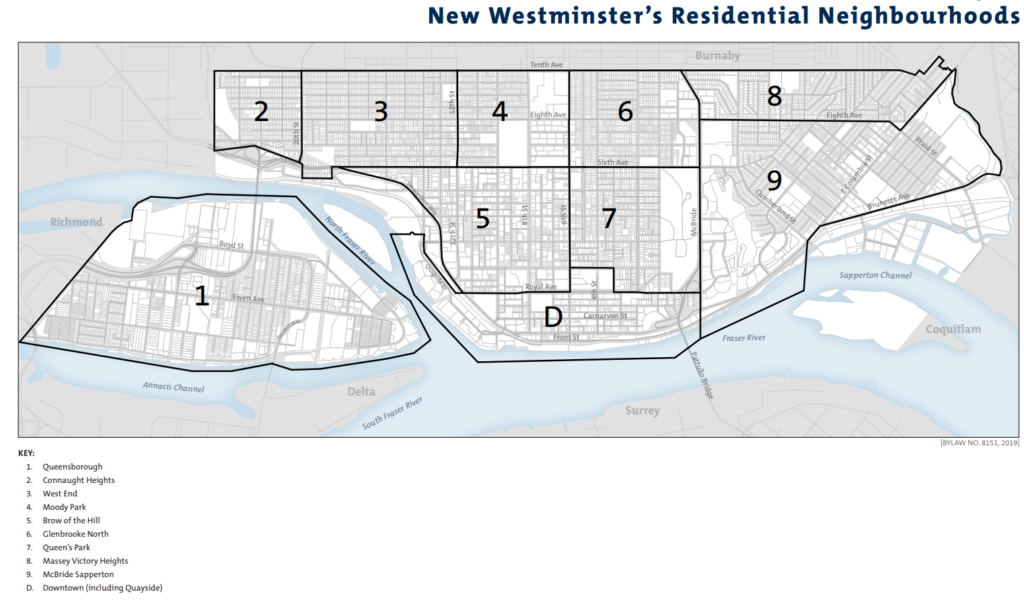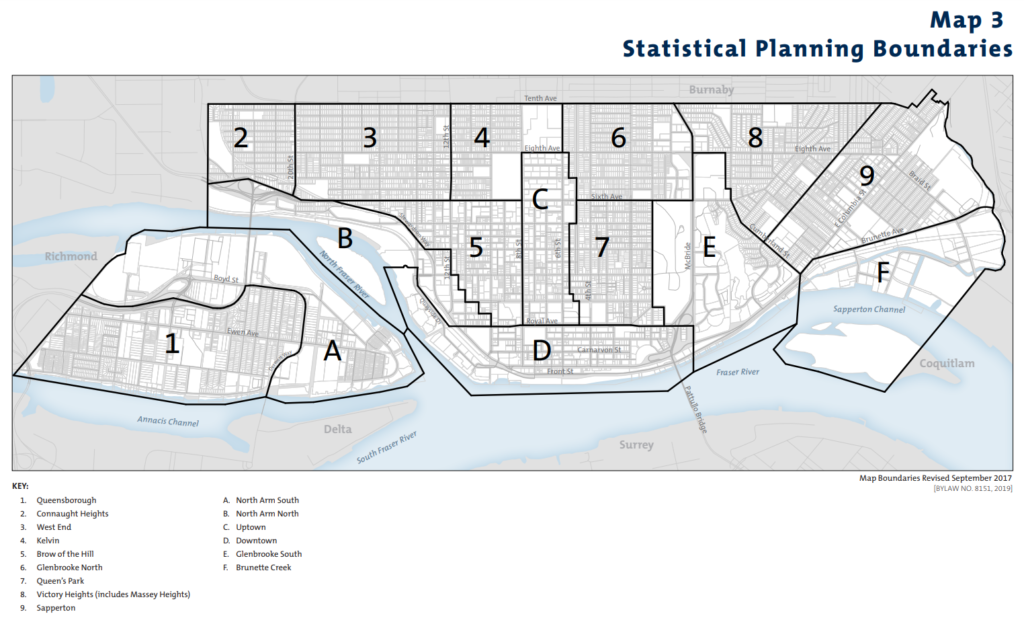I’m going to go on a rant here, and yes it is about Motordom. Some people don’t like when I rant about this, because most of us have cars, many of us are dependent on cars, and any questioning of the role of automobiles in our society is seen as an attack on individuals. Soon someone un-ironically mentions the War on Cars. But Motordom is not about personal choice or behavior, it is a societal structure that steals choice from us. And Motordom is so threaded through the fabric of North American society that it is invisible. Until you recognize it, then you see it everywhere.
This rant was caused by a segment about Dangerous Driving on the CBC television program Marketplace. For those not familiar with the program, it has been Canada’s premier (sorry Street Cent$) consumer protection news program for almost 5 decades. They call themselves “Canada’s Consumer Watchdog”.
Last week I saw they were looking to be taking on dangerous cars, so I thought I would tune in, this being an interest of mine. What a great target – a product category that is directly responsible for at least 2,000 Canadian deaths and untold suffering every year. Alas, it was clear from the beginning that they paradoxically missed the consumer protection approach, and are instead emphasizing “Dangerous Drivers”.
From this framing forward, the story sequence is predictable, I guess. COVID streets are emptier, and this is opening them up for bad behaviour by faceless Dangerous Drivers. Or so say the various police agencies that the reporters interview. There are many nods here to various pieces of incredibly expensive police equipment (high-speed SUVs, thermal imaging cameras, helicopters) that they are throwing at this problem, apparently to no avail. What can be done?
This was followed by the human interest side – the interview with the families of victims killed by this product behaviour, and their Lawyers. Much anger is directed at Dangerous Drivers, but this being a consumer interest show, Marketplace must hold someone’s feet to the fire. In this case, those faceless feet are the seemingly unaccountable Courts, for making it nearly impossible to throw Dangerous Drivers into jail or take their car away. Maslow’s Hammer is applied judiciously.
“Politicians need to pass meaningful laws” is a great call. But what are they asking for here? Stiffer fines and sentences for unlawful drivers? Or are they suggesting laws that address the safety of the consumer products in the middle of this? Remember, you are “Canada’s Consumer Watchdog”. We won’t know because they break for commercial.
In my CBC Gem stream, that commercial break includes a video ad for a new 300hp two-ton SUV capable of 230km/h, being marketed with images of different cars shifting and drifting at high speeds while Freddy Mercury implores us to “Tear it up! Shake it up! Break it up! Bayybeee!” Professional Driver. Closed Course. Do not attempt. Wink Wink.
Professional Driver. Closed Course. Do not attempt. Wink Wink.
When they get back, they take us – I kid you not – to a stunt driving school. There is some concern raised by Police that Dangerous Drivers are “making money off this” by shooting YouTube Videos of their dangerous exploits (kids today!) then they take us to a freaking stunt driving school: Wink wink.
Wink wink.
Only Motordom can explain how “Canada’s Consumer Watchdog” can spend 16 minutes talking about this public hazard, and not even mention the product, instead emphasizing the irresponsibility of some of the consumers.
Imagine a company sold a coffee maker that, when used irresponsibly by a significant portion of its users, resulted hundreds or thousands of deaths. Would Marketplace dedicate an episode to chastising the people who used the coffee maker incorrectly? What if the deadly, irresponsible use of that coffee maker was what the manufacturer advertised when selling the coffee maker, even during an episode of Marketplace? What if features emphasizing this irresponsible use were designed right into the coffee maker as a selling feature? I’d like to think Marketplace would call for the coffee maker to be modified to make it less deadly or taken off the market. Or would they suggest stiffer penalties for irresponsible coffee maker consumers?
Only automobiles get this pass. That is Motordom.
Of course, this isn’t just the CBC. Even the Police whose job it is to enforce traffic safety, and who have the grim task of investigating those thousands of deaths, seem to be unable to get off the personal-responsibility narrative. There is a weird quote part way through the show by a featured traffic enforcement officer that I had to listen to a few times and transcribe to understand what the hell he was saying:
“…its fine line from exceeding the speed limit to then, almost, bordering on the line of dangerous driving, if you will. Speed kills”
What is this “fine line” he is talking about? Is he trying to separate what we all do (they just told us that 1 in 3 Canadians admit to speeding) and those actions of Dangerous Drivers, as if only the latter is actually doing something wrong? This is a traffic cop! Is it really that fine a line, or a line made fuzzy by Motordom?
If we agree speed kills, why are we allowed to sell cars that speed? Why is Acura advertising during this program a 6-passenger SUV that can travel more than twice the legal speed limit of any road in Canada? Why are there no automobile safety standards in Canada that serve to protect people who are not inside the automobile? These are easy problems to fix, and questions a consumer protection program should be asking the makers of these products and the people who regulate them.
We need cars, just like we need coffee makers. Not everyone needs them, of course, many live happily without them. However, we have built our communities around automobiles in the same way many of us have structured our brain chemistry around caffeine. The problem is, we are too shy to have a serious discussion about what cars actually are. Even our flagship “consumer protection” program seems to pretend that we cannot regulate the makers of cars to make Dangerous Drivers less deadly, by making the consumer product they are using less deadly.
And yeah, “Politicians need to pass meaningful laws”. I absolutely 100% agree with this. We need to replace the archaic Motor Vehicle Act here in BC and in most jurisdictions. We need to make it illegal to sell a car that travels twice the speed legal anywhere in the country. We need to make road hazards like this illegal. These are all much, much more important than saving drivers a couple hundred bucks on their annual car insurance.
But we won’t do any of those things. Because the marketers own the marketplace, and because of Motordom.







